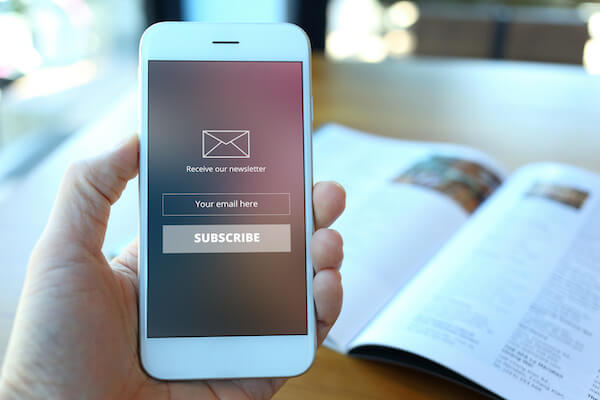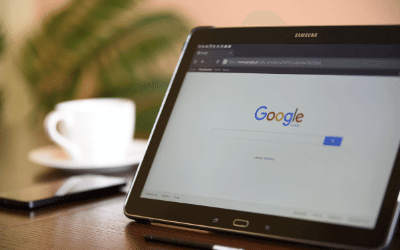It’s easy to catch someone’s attention when you know their name. It’s even easier to catch their attention (and keep it!) when you know their product preferences or even what images they might resonate with.
Personalization in marketing is nothing new. If you’re like us, you simply haven’t had the time or the resources to build compelling, individualized user experiences for your audience.
Now, we still may not have the time. But we have the data and we have the tech. And in today’s crowded and competitive marketplace, it’s more important than ever for businesses to stand out and deliver a personalized experience to their customers.
Still not convinced?
- Consumers expect personalization: People want brands to understand their needs and preferences, whether they’re shopping, scrolling, or both.
- Personalization can drive sales: Highly relevant and targeted messages historically see higher levels of engagement.
- It helps build customer loyalty: Customers are more likely to purchase again and again if you show them you understand their needs and preferences.
- AI is making it easier: AI and machine learning can make it that much easier to understand user behavior, even predicting what a customer might purchase next.

Making it Happen for Your Business
There are two key things to focus on as you get started: zero-/first-party data and finding the right tools.
Zero & First-Party Data
Zero-party data is info that a customer intentionally shares with your business. This can include their contact information, purchasing history, the results of a quiz, or any other information they had to take an action to share with you.
First-party data is info that you collect through your website or app. This may be demographics, browsing history, or items left in a shopping cart.
Using both zero- and first-party data together allows you to get a much greater understanding of your customers. And allows you to build audience segments that can receive highly relevant marketing communications.
The Right Personalization Tool

You can likely do a lot with your current tool stack. If you’re able to gather and analyze the data we discussed above, you can keep it simple and build personalized customer journeys per segment.
If you’re ready to take personalization to the next level, start researching tools that help you expand the info you have on your customers and deliver custom experiences in real time.
Lytics, Segment, and Acquia CDP are great for collecting data from multiple sources to expand your audience profiles. Ninetailed, Clearbit, and even Google Optimize are for you if you’re looking to build custom landing or web page experiences.
In short, personalization is essential for businesses looking to succeed in the crowded and competitive marketplace of 2023. By delivering tailored experiences to individual customers, companies can drive engagement, increase sales, and build customer loyalty.






